Welcome to your number one resource for wilderness mastery! Nature is not just a realm to explore but also a classroom filled with lessons on survival. Venturing into the wilderness enlightens us with its raw beauty and also teaches us the importance of preparedness, adaptability, resilience, and respect for the natural world.
According to this study, knowledge and preparedness are paramount in reducing risks and ensuring safety during outdoor adventures. Join us as we delve into ten survival tips that equip you for your journey into nature’s classroom. Keep reading to find out how to turn potential risks into rewarding experiences.
Tip 1: Planning and Preparation: The Backbone of Survival
We firmly believe in the importance of extensive planning before embarking on any wilderness expedition. Because when it comes to survival, preparation isn’t an option; it’s a necessity.
Here are some fundamental planning essentials that you simply cannot overlook:
Routes and Itineraries: Identify the trails you’ll be taking, familiarize yourself with the landmarks, and plan your daily itineraries. Allocating time wisely ensures safety while maximizing the wilderness experience.
Weather Forecasts: Nature is unpredictable. Monitoring weather reports can prepare you for sudden climate changes, helping you adjust your gear and schedule accordingly.
Emergency Contact: Always let someone know about your trip details—what trail you’re taking, your daily plans, and projected return time. In the unfortunate event of an emergency, this information is invaluable for a timely rescue.
Be a step ahead with planning and preparation to truly appreciate nature’s classroom’s wonders.
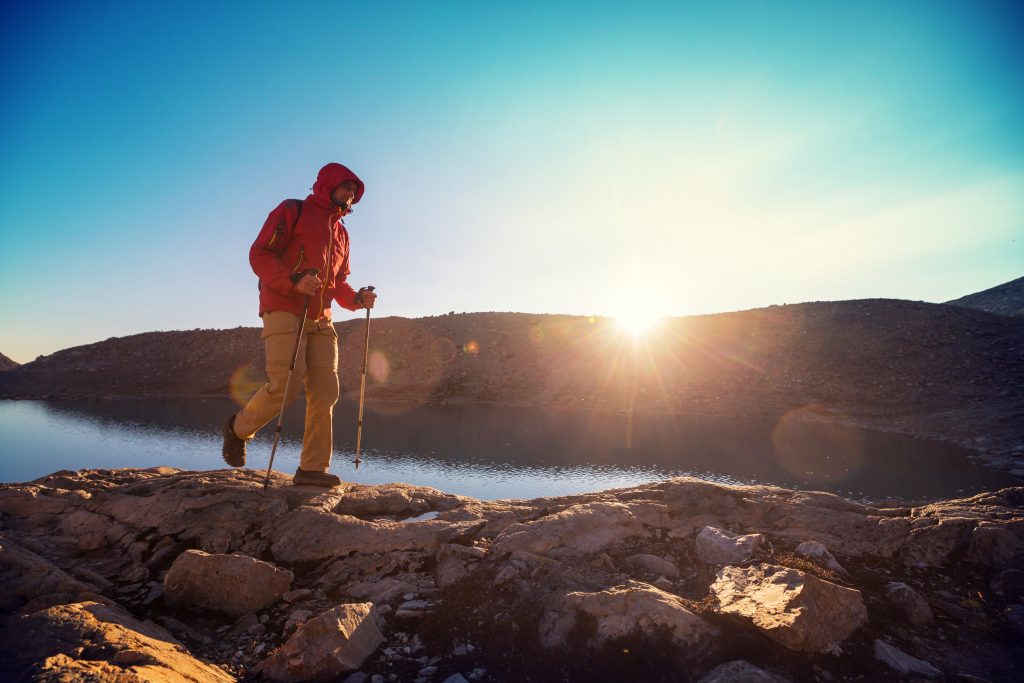
Tip 2: Stay Hydrated: Water is Life
Thirst isn’t just discomfort in the wild—it’s a warning. At The Real Wilderness Warriors, we say, “Stay hydrated, stay ahead.” Your survival depends on it. Adequate water replenishes your strength and sharpens your mind, which is crucial for wilderness survival.
Here’s how you master hydration:
- Locate Natural Sources: Streams, rivers, or lakes—nature’s faucets. Remember, flowing water is your ally; stagnant water is a foe.
- Purify, Purify, Purify: Clearwater isn’t always clean. Use filters, boiling, or chemical purification tablets.
- Hydration Packs: Carry one for an accessible sip that keeps you moving without constant stops.
Losing as little as 1-2% of your body’s water can impair your cognition, as per a study in the Journal of the American College of Nutrition. Bottom line? Think ahead, drink ahead—survival is about staying quenched!
Tip 3: Find Shelter: Protection from the Elements
Exposure to extreme weather can pose significant risks outdoors. That’s why we stress that a good shelter can make the difference between survival and suffering. In fact, in some scenarios, it is even more vital than food and water.
Here are your best bets for wilderness protection:
- Tent: A reliable performer, tents are portable, easy to set up, and provide excellent protection. Grab a sturdy one from our shop that suits your needs.
- Natural Shelters: Overhangs, caves, or even dense trees can make do for a quick shelter solution. Remember: the goal isn’t comfort; it’s survival.
- Survival Blanket: This light, compact lifesaver reflects a large percentage of your body heat back to you—an emergency favorite.
Don’t wait till dark or storm to find shelter. As the wilderness warriors say, prepare for the night while it’s still day. Arm yourself with protection—it’s your shield against nature’s unpredictable moods.
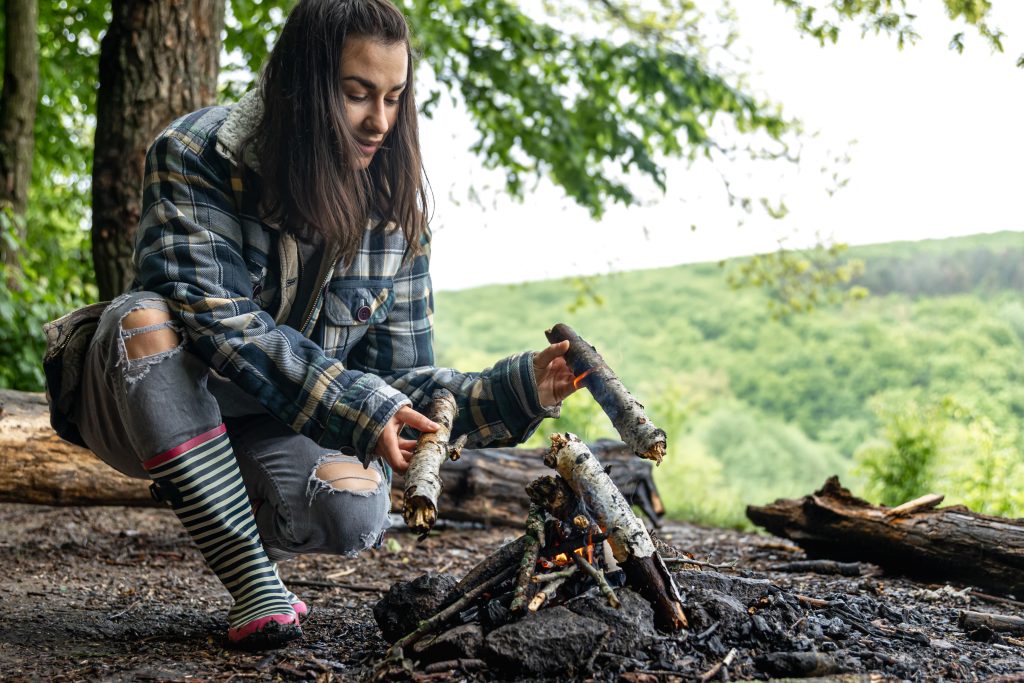
Tip 4: Make a Fire: The Ignition of Survival
Fire—the beacon in the wilderness. Fire is an element of survival that keeps you warm and sustains hope.
The potent benefits of fire include:
- Warmth: Fire can prevent hypothermia, a significant risk in cold conditions.
- Water Purification: Boiling can kill harmful organisms, making your water safe.
- Signals: Smoke attracts rescue teams, and fire illuminates the night—making you visible.
- Cooking: Raw isn’t your only option—fire helps you make a safe, warm meal.
Methods to bring this vital ally to life:
- Friction-Based Fire: Bow drill, hand drill, and fire plow techniques can help you achieve fire.
- Flint and Steel: Obtain sparks by striking a high-carbon steel against a flint.
- Fire Starters: From our shop, reliable and foolproof, they ignite under almost any condition.
The saying goes: “A spark can create a forest.” In survival’s context, it can save a life.
Tip 5: Navigation: Know Your Bearings
Here at The Real Wilderness Warriors, we believe navigation is more significant than utility—it’s freedom. It means you decide your path, not the wilderness.
Equip yourself with these navigational assets:
- Map and Compass: Old school, yet unfailingly reliable. Learn how to read them—it’s a skill that won’t let you down.
- GPS Device: An electronic marvel that will point your way even when the stars won’t. Check out our store for the best range.
- Landmarks: Notch them in your memory—like a river bend, a peculiar-shaped rock, or a distinctive mountaintop.
Remember, part of navigation is knowing to stay put when uncertain. The Wilderness Medical Society suggests: “If in doubt, don’t wander out!” Because wisdom isn’t only about knowing where to go but realizing when to be patient. Get your bearings right, and the wilderness can be a friend rather than a foe.
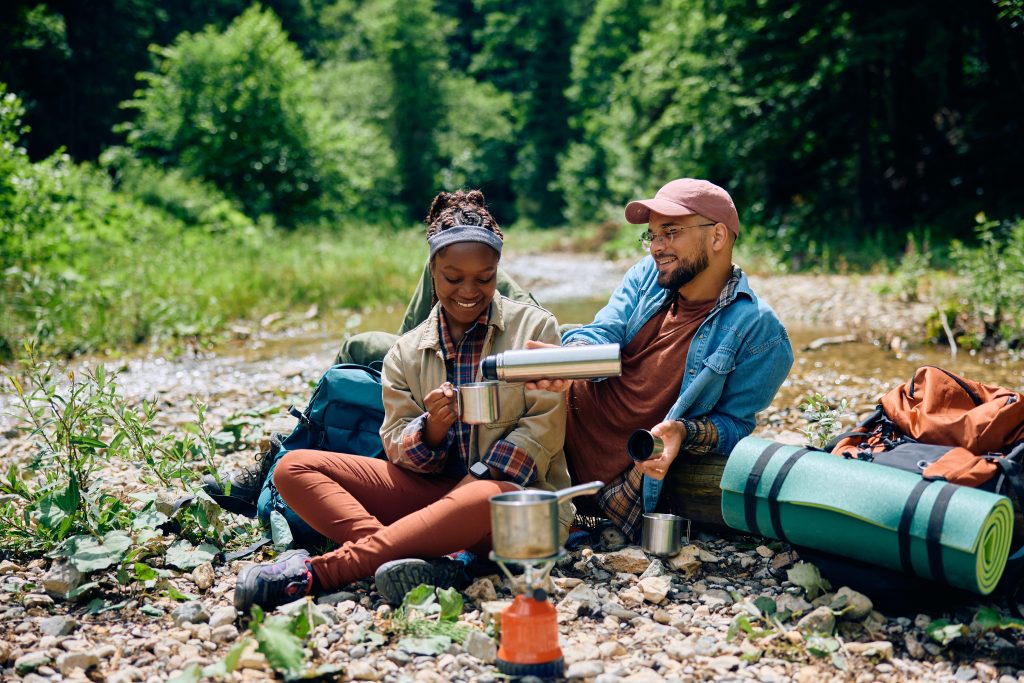
Tip 6: Forage Safely: Only Eat What You Recognize
Facing hunger in the wild can be daunting, yet we advise that caution triumphs over bravado. Remember, consume only what you accurately identify—your survival may depend on this rule.
Here are ways to forage safely:
- Knowledge Is Power: Learn about the region-specific flora and fauna before your trip. Awareness can be the difference between sustenance and suffering.
- Universal Edibility Test: If you’re unsure, conduct this test—it’s a life-saving procedure detailed in the U.S. Army Survival Manual.
- Pack Food: Along with foraging, carry enough survival food packs from our shop—they’re light, nutritious, and safe.
A pretty berry or mushroom can be fatal. The Wilderness Medical Society warns: “An unknown plant could be your final meal.” In nature’s dining room, let wisdom be your menu. Consume consciously; stay surviving!
Tip 7: First Aid: Be Your Own Medic
Scratches, burns, and bites—first aid is wilderness survival’s hidden hero. Being your own medic can significantly boost your chances of survival—one bandage at a time.
Here’s how to do it right:
- Essentials Onboard: Your kit should include bandages, wound wash, anti-inflammatories, antihistamines, and tweezers. Our shop offers an essentials-only kit, compact yet comprehensive.
- Knowledge Upfront: Understand how to address common injuries—stop bleeding, dress a wound, or manage a sprain. Basic first-aid courses are lifesavers.
- Stay Calm, Act Smart: Panic can worsen the situation. Deep breaths, calm mind, steady hands—this mantra can make a remarkable difference.
Perilous as it may sound, first aid isn’t complicated. As the Wilderness Medical Society asserts, “First aid is often a test of mind, not skills.” So equip and educate yourself. Be a savior—in your own survival story.
Tip 8: Signal for Help: Make Yourself Seen and Heard
When whispers of nature turn into cries for help, being seen and heard is your lifeline. Signaling is not a last resort—it’s a primary survival skill.
Signal for help like a pro:
- Bright Flares: Day or night, flares can catch a rescuer’s eye from miles away.
- Whistles: Carry a whistle—three sharp blasts are a universally recognized distress call.
- Mirrors: Sunlight on a mirror can be seen far beyond any shout’s reach.
- High-Contrast Panels: Brightly colored panels or clothing spread in a clearing signal a call for help.
Keep signaling tools handy:
- Accessible: Ensure these items are within easy reach, not buried at the bottom of your pack.
- Ready: Before you head out, check the condition of your signaling gear; it should be ready at a moment’s notice.
An SOS, a flare ascent, or a mirror’s flash can spell the difference between being stranded or saved. Signal strong and stay hopeful—rescue is on the horizon.
Tip 9: Prepare for Wildlife: Respect Nature’s Inhabitants
Embarking on a wilderness adventure means signing a pact with nature—respect its inhabitants. Wildlife encounters can be awe-inspiring, but they need informed handling.
Savvy ways to interact with nature’s critters:
- Watch, Don’t Touch: Admire from a distance. Close interactions stress the animals and can provoke aggression.
- Educate Yourself: Know which species you might encounter and learn their behaviors.
Be a pro with your provisions:
- Airtight Containers: Store your food in containers designed to keep odors and wildlife out.
- Clean Campsites: Never leave food or trash unattended. Secure them high up or in animal-proof containers.
Safely managing your presence and provisions ensures a serene coexistence with the furry, scaly, or feathery locals. The takeaway? Treat their home with the same respect you would want in yours. Wilderness thrives when we thrive with it.
Tip 10: Maintain Morale: Keep a Positive Attitude
At The Real Wilderness Warriors, we always say, “Attitude is the difference between an ordeal and an adventure.” Survival is as much a mental game as a physical one. It’s essential to cultivate resilience.
Empower your mindset with these strategies:
- Mind Over Matter: Believe you can survive. Positive thinking can enhance problem-solving under pressure.
- Stay Goal-Oriented: Set small, achievable goals to gain a sense of control and purpose.
- Breathe & Reflect: Stress can cloud judgment. Take deep breaths. Reflect on past successes.
A survivor’s spirit is your invisible toolkit. Keep it stocked:
- Practice Mindfulness: Simple meditation can refocus the mind away from panic.
- Laugh and Share: Humor lightens the mood. If in a group, support each other vocally.
A high morale can be your unsung hero, turning dire straits into manageable challenges. Stand tall, smile in the face of adversity, and walk out of the wilderness with a tale of triumph.
In conclusion, by mastering these tenets from Nature’s Classroom, you’ve equipped yourself with tools and wisdom. Carry these survival tips close to your heart; let them be the compass that guides your every adventure. From navigating unknown trails to signaling for rescue, respectful wildlife cohabitation, and maintaining morale, each pearl of knowledge enhances your outdoor tapestry.
Imbue your escapades with the confidence these tips inspire. The wilderness beckons a formidable teacher, promising exhilaration with safety as your steadfast ally. Step into nature’s embrace, prepared and poised for the extraordinary. Here’s to embracing the wild, responsibly, and valiantly—Happy Adventuring!

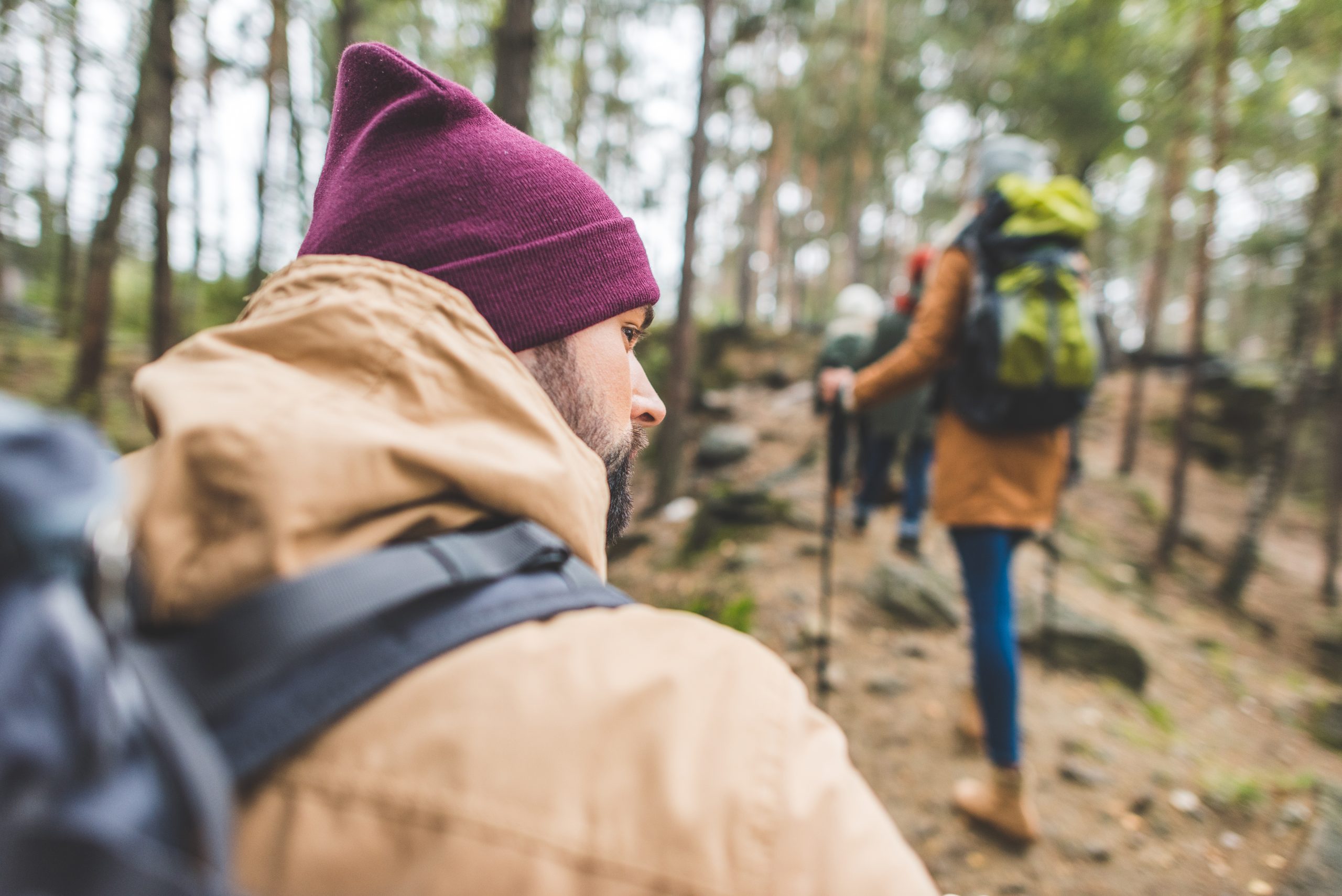

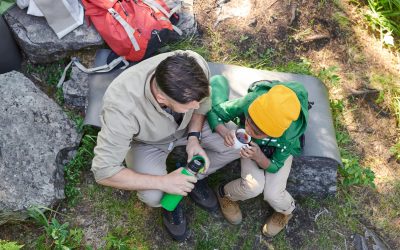
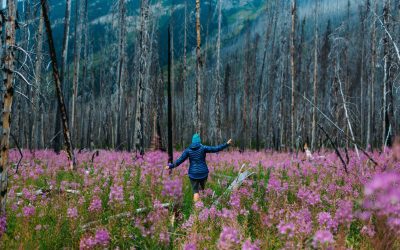
0 Comments